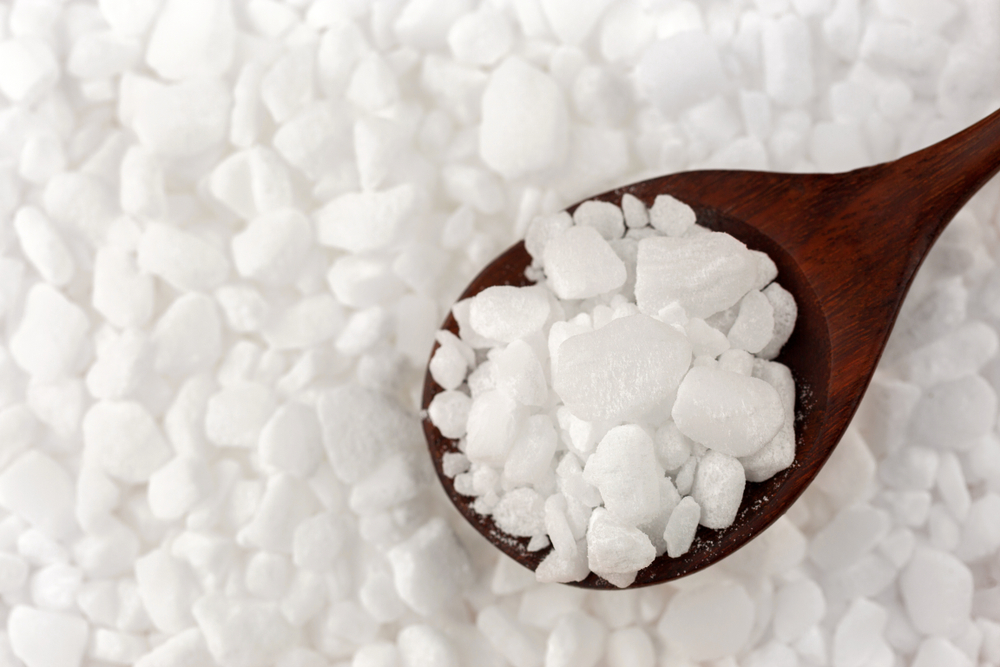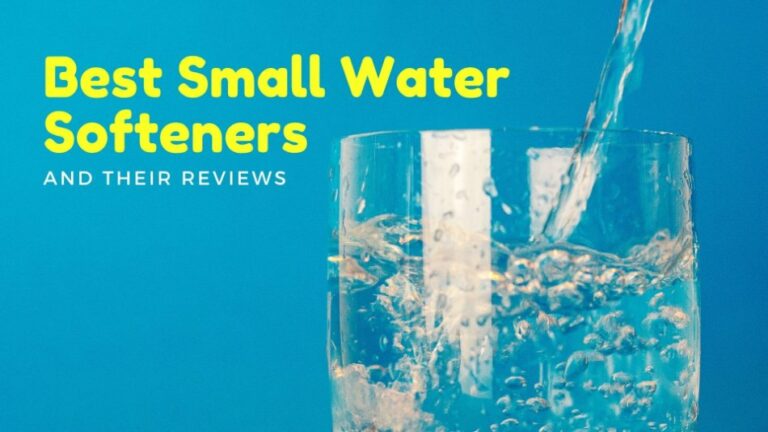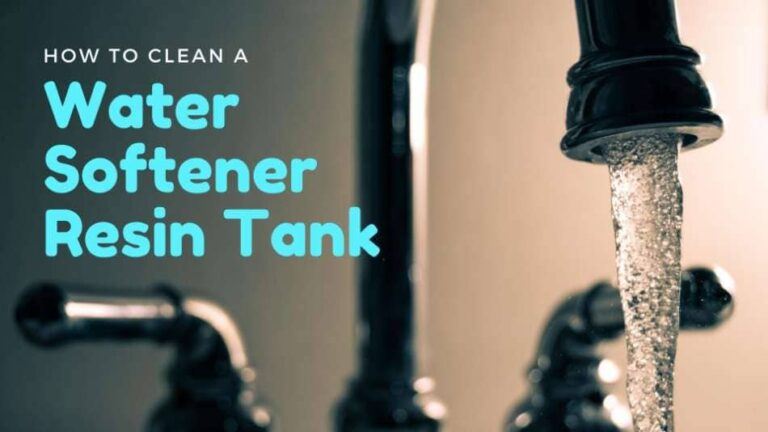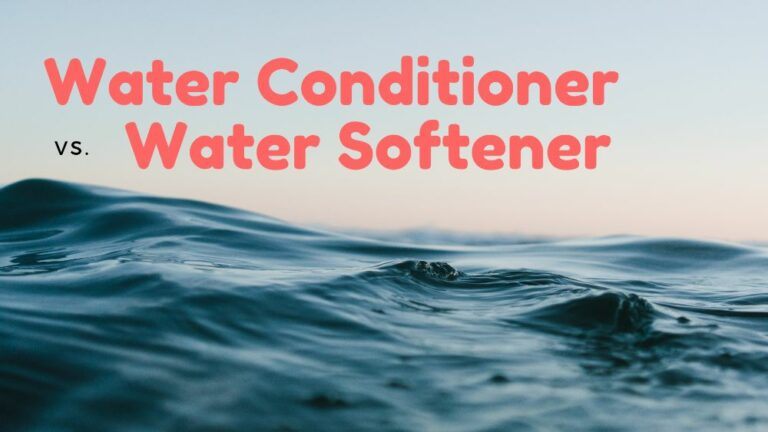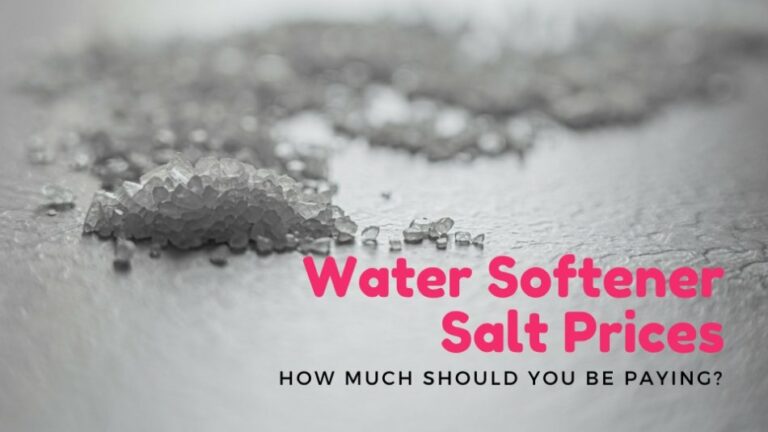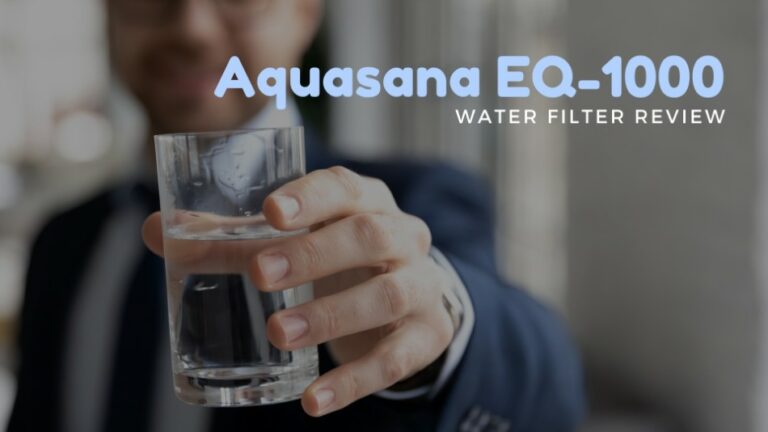How Much Salt Does A Water Softener Use?
Does your water softener produce hard water and needs to be regenerated? You might be wondering and searching the internet on how to regenerate a water softener and how much salt a water softener uses. Don’t worry because we’re going to share with you the proper guidelines on water softener regeneration.
A water softener regeneration requires at least 10% salt solution. It will take at least an hour to finish the regeneration cycle. A water softener needs to be regenerated on a regular basis to sustain its effectiveness in producing soft water.
Water Softener Regeneration
Water softener regeneration is the process of recharging the ion exchange resins. These resins are positively charged with sodium ions. When water passes through a water softener, the sodium ion reacts with the calcium ions and magnesium ions in water producing soft water as a product. The sodium ions in the resins will be exhausted as the process continues. Softener regeneration will revert the exhausted resins back to their normal effectiveness.
Salt Solution Or Brine Solution
The softener regeneration process requires a 10% salt solution. To make it, you should mix 10 kilograms of salt with 100 liters of pure water. Put it in the brine tank and now you have a 10% brine solution ready for your softener regeneration.
Steps On How To Regenerate A Water Softener
Let’s start with softener backwashing.
Backwash
Softener backwashing is the first step of the regeneration process. The trapped or captured suspended solids, dirt, and particulate matter inside the water softener tank are flushed away in an upward flow and then remove through the drain pipe. This process will take up to 10-15 minutes to finish.
Brine Slow
Brine slow is the main step of the water softener regeneration process. Salt or brine solution from the brine tank is injected into the water softener tank and mixed in with the ion exchange resins. The process will trigger the chemical reaction recharging the exhausted resins. This step will take approximately 30-45 minutes to finish the chemical reaction.
Brine Refill
After 30-45 minutes of the brine slow process, the brine tank will run out of water. Brine refill is the step where the water softener system automatically fills up the brine tank with water in preparation for the next regeneration process.
Fast Rinse
Water is introduced from the top of the softener tank. It has a downward flow with pressure to remove the excess salts in the ion exchange resins. The impurities are flushed away through the drain pipe. Fast rinsing will need about 5-10 minutes to be completed.
Service Mode
After the fast rinse cycle, the water softener has been regenerated and is now ready for service. It is recommended to check the quality of your soft water with a hardness testing kit to confirm if the regeneration process was a success. Around 0-10 milligrams per liter (mg/L) of hardness is the acceptable quality of soft water.
Kinds Of Salts Used For Softener Regeneration
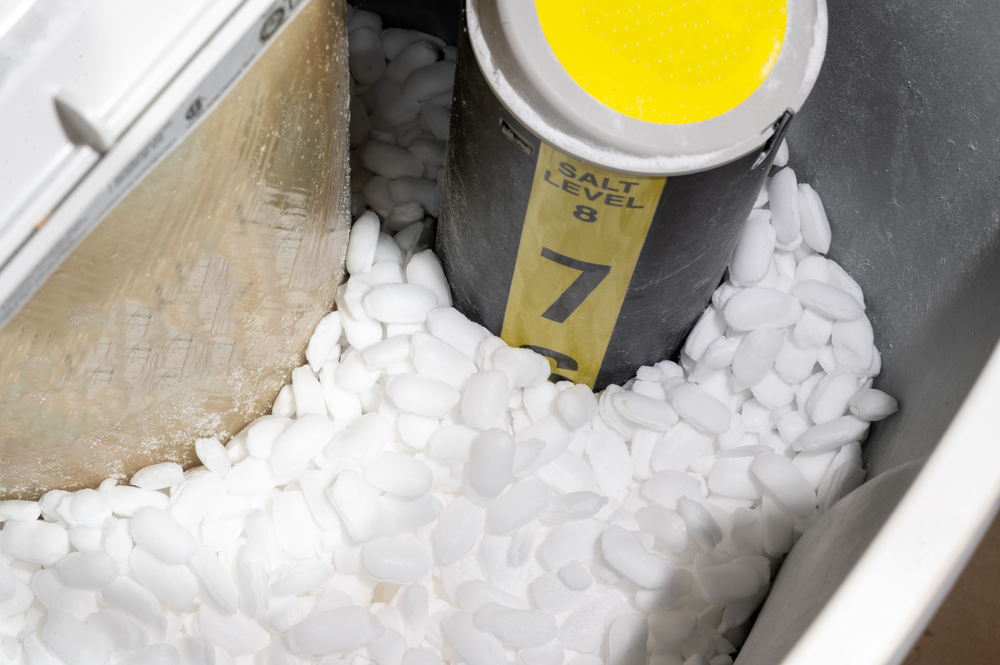
Let’s start with evaporated salt.
Evaporated salt
Evaporated salt contains 99.9% of sodium chloride. It is a high-purity salt used for food processing. This salt is produced through distilling and crystallizing a brine solution. This is also a very expensive salt.
Solar Salt
Solar salt is produced by evaporating seawater by the heat of the sun. This is a naturally processed salt. Most countries are capable of producing this kind of salt. It is the most cost-effective salt used for softener regeneration for its cheapness and availability in the market.
Rock Salt
Rock salts are mined underground. These crystal-shaped minerals are found on the earth’s crust. Also known as halite which contains sodium chloride or salt. Rock salts are formed from the evaporation of seawater beneath the ground for many years.
Potassium Salt
This mineral is an alternative to sodium chloride. Potassium salt can also be used for water softener regeneration. It recharges the ion exchange resins with potassium ions instead of sodium ions. Potassium salts are more expensive than sodium salts, so it is barely used in water softener regeneration.
In Conclusion: How Much Salt Does A Water Softener Use?
When your water softener cannot produce soft water, it is best to perform the softener regeneration cycle. Always prepare in advance a 10% salt solution. Check regularly if your brine tank has enough salt solution for the cycle. You can always buy salts from the water treatment market.
Monitor the water hardness of your water softener. By knowing the hardness of your water, you can estimate the time when to perform the regeneration cycle. With a basis of a 10% salt solution, you can compute how much salt you can consume daily, weekly, monthly, and even yearly.

